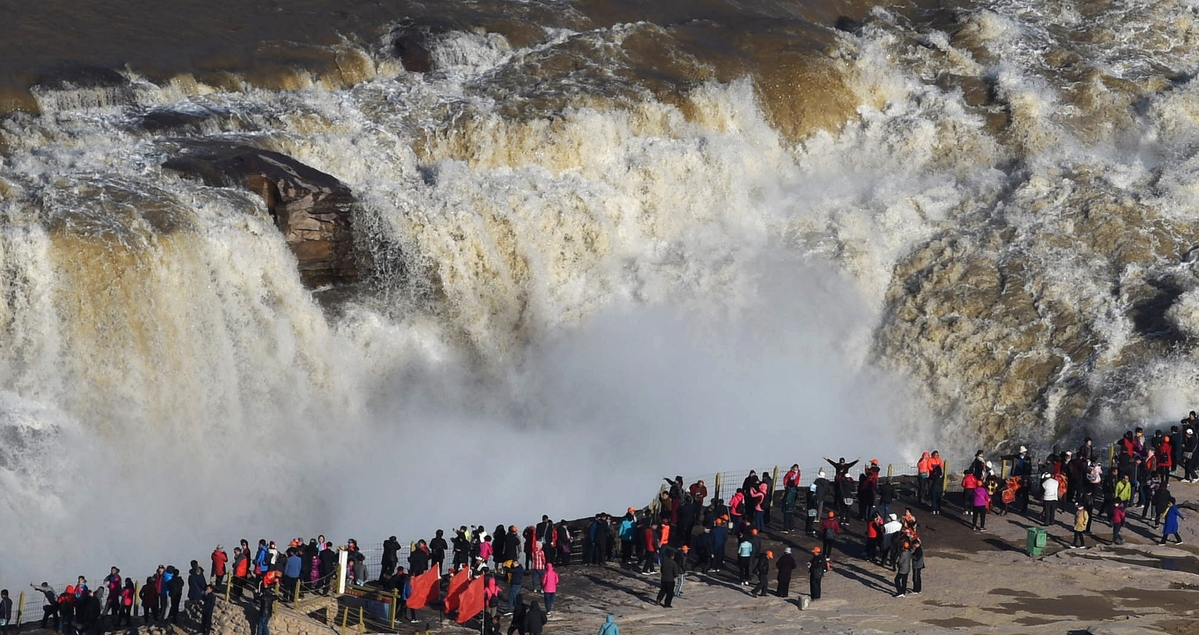Yellow River delta faces new challenges


Population rises
Since the 1950s, dozens of dams and reservoirs have been built along the river in an attempt to control it, resulting in no major instances of flooding or changes to its course.
The Xiaolangdi Hydro Power Project, the second-largest water conservation program in China after the Three Gorges Dam on the Yangtze River, ensures sustainable water supplies to the middle and lower reaches of the Yellow River, even in times of drought.
Meanwhile, the population living along the river has been rising fast, with the Yellow River Valley now home to some 150 million people. It also sustains about 15 percent of the country's crop output and 6 percent of its industrial production.
In the 1950s, about 50 billion cu m of water flowed from the Yellow River into the sea. Now, the figure is only about 20 percent of that at most.
Along with the fall in water flow, the building of large dams, and the rise in population-which has caused pollution along the waterway-the river has seen a remarkable decline in its biodiversity.
Like the Yangtze, it is believed that the fish population has almost been depleted in most parts of the middle and lower reaches of the Yellow River. Many experts claim that these sections lost the ability to restore themselves long ago.
The other challenge is the sharp reduction in silt carried by the river. Over the past 15 years, it has carried from the Loess Plateau only 270 million tons on average each year, a sharp contrast with the 1.6 billion tons annually in the 20th century. But the perennially dirty waters of the river on its central and lower reaches have become much cleaner.
A series of measures have reduced the amount of silt the river carries, easing the pressure to build dykes in Henan and Shandong, but causing new problems in Dongying.
The measures include a campaign on the Loess Plateau to return grain plots to forestry use. This has increased the proportion of forest coverage in the center of the plateau from 10 percent to nearly 50 percent over the past 19 years.
Desertification control measures have been taken in the Inner Mongolia and Ningxia Hui autonomous regions and about 20 dams have been built on the middle reaches of the river.
In 2016, the amount of silt the river carried to the sea in Dongying was only 10 million tons, and the water flow, although uninterrupted, has remained only one-third of its runoff on average. This has led to renewed fears that if the decline in silt and water flow continues, it is only a matter of time before the sea encroaches further and the delta's ecological system is degraded again.
Wang Pengfei, an official with the Dongying land and resources bureau, said: "Many people are urging the authorities to increase Dongying's water quota from the Yellow River to protect the delta wetland. But this is easier said than done."
- Frozen waterfalls bring winter magic to Jinan
- Chinese company tests 'power bank in sky' high-altitude wind system
- Indonesian doctors gain hands-on cardiology training in Lanzhou
- Man sentenced to death for killing ex-girlfriend in Anhui
- A US youth reflects on the 'cave-dwelling conversation'
- China unveils first AI model to gauge weather's impact on stock market





































